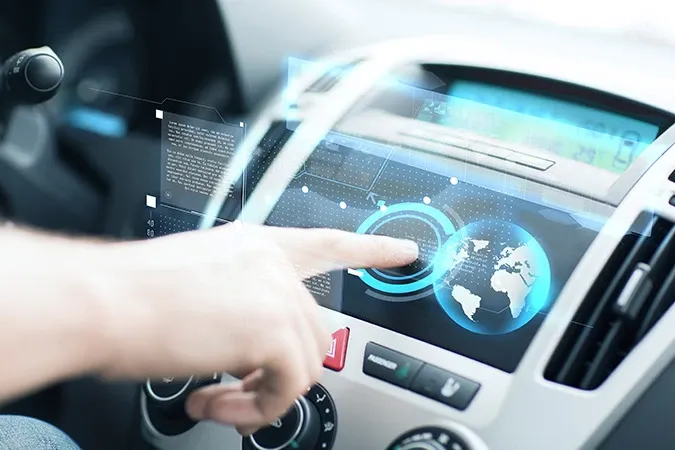Intel Builds the World’s Largest Neuromorphic System
Intel has built the world's largest neuromorphic system code-named Hala Point.

The technology that gives cars superpowers to see around corners and through walls won’t be on the first self-driving rides hitting the road in the next few years, according to Bloomberg.
Vehicle-to-vehicle communication systems, known as V2V, are regarded as essential for fully automated travel, which could dramatically reduce traffic fatalities from around 40,000 in the U.S. last year. The tech enables cars to send signals back and forth to one another, improving their ability to foresee potential collisions and avert them.
Despite its promise, the tech is going nowhere fast. A push by regulators during the Obama administration to speed V2V to market has stalled under the Trump administration. Without rules requiring it, automakers are holding off on deploying $350-per-vehicle systems that aren’t effective unless most cars have it.
The race is on to get self-driving cars on the road. The first ones, expected to be robot-taxis, commuter shuttles and driverless delivery vehicles, will be guided by sensors embedded on board the cars. Without V2V, the views from those cameras, ultrasonic and laser-radar sensors only go as far as the eye can see.
Achieving the highest level of automation, what auto engineers call Level 5 autonomy, requires V2V, said Kay Stepper, vice president and regional head of automated driving for German supplier Bosch. On-board sensors on current driverless cars can only sustain Level 4 autonomy, where vehicles travel in restricted areas or under limited conditions.
An Obama administration proposal to equip all new cars with V2V transponders has been put on the back burner by the Trump administration. After having eased federal guidelines for testing autonomous autos and moving to slash rules elsewhere, industry executives say it’s unlikely the administration will mandate the technology.
For now, V2V is mired in regulatory review. The National Highway Traffic Safety Administration hasn’t signaled its next step on the proposed mandate, which has been supported by safety advocates, automakers and suppliers trying to sell the systems. Free-market groups and other carmakers have criticized a mandate in part because it could force a particular V2V tech on the industry while ignoring newer alternatives.
The chasm could give the Trump administration cover to abandon the rule, as it has other Obama-era initiatives, according to Marc Scribner, a senior fellow at the Competitive Enterprise Institute. The Obama administration’s proposal had set a timeline to install V2V technology on all cars, sport utility vehicles and light trucks by 2023, using the same federal safety standards.
Rollout is another roadblock for V2V. With more than 250 million cars on the road in the U.S., and 1.2 billion worldwide, it would take decades to outfit every vehicle with the technology. The first year of a federal mandate, new models embedded with the tech would represent only about 7 percent of cars on U.S. roads.
That’s why the first deployments of V2V could come in commercial or government applications. Cities may decide to embed the devices in their stop lights and public buses. Delivery companies might embed transponders in their trucks and in roadway signs and signals along heavily traveled routes. But even those limited deployments will require rules of the road from regulators. Until that happens, V2V’s future remains in doubt.